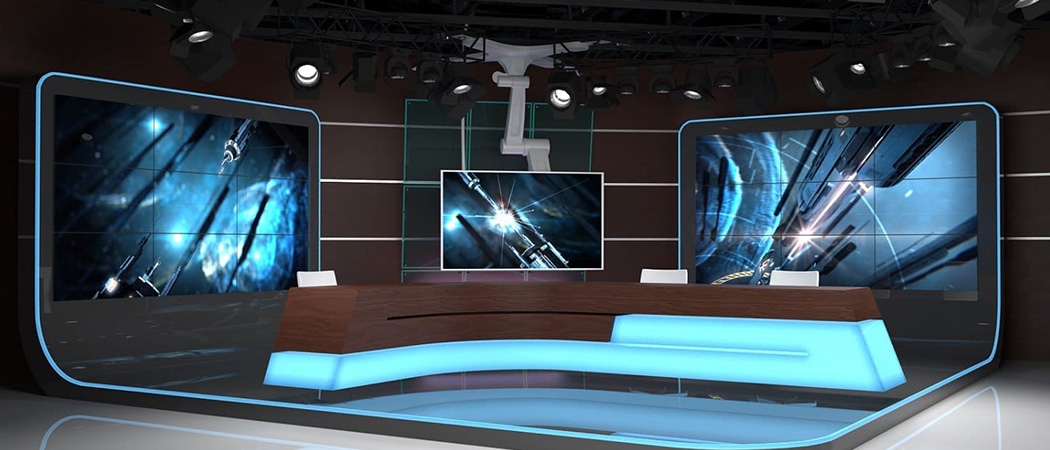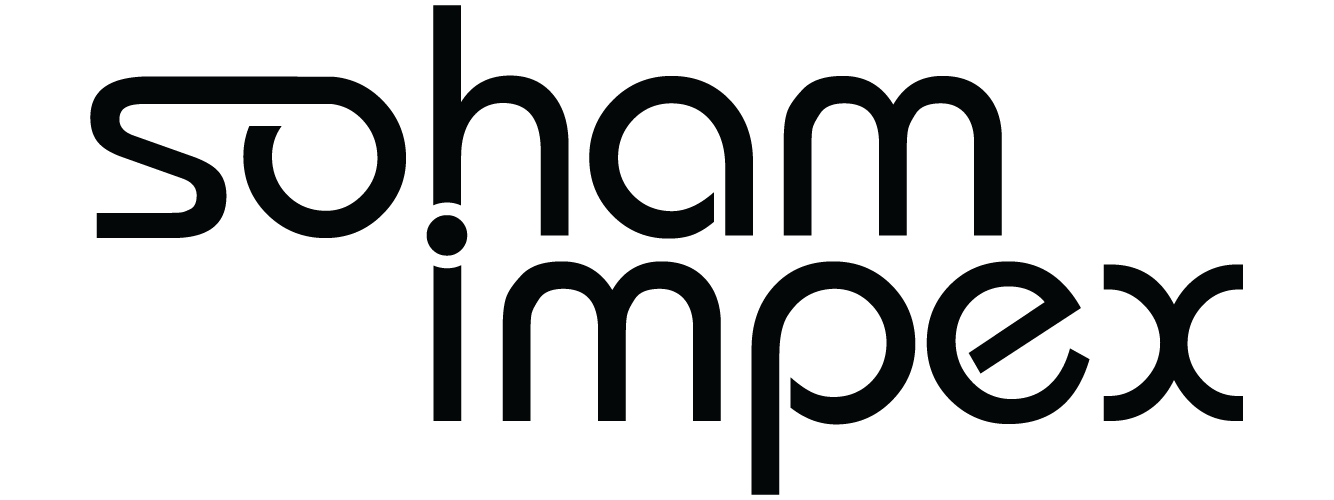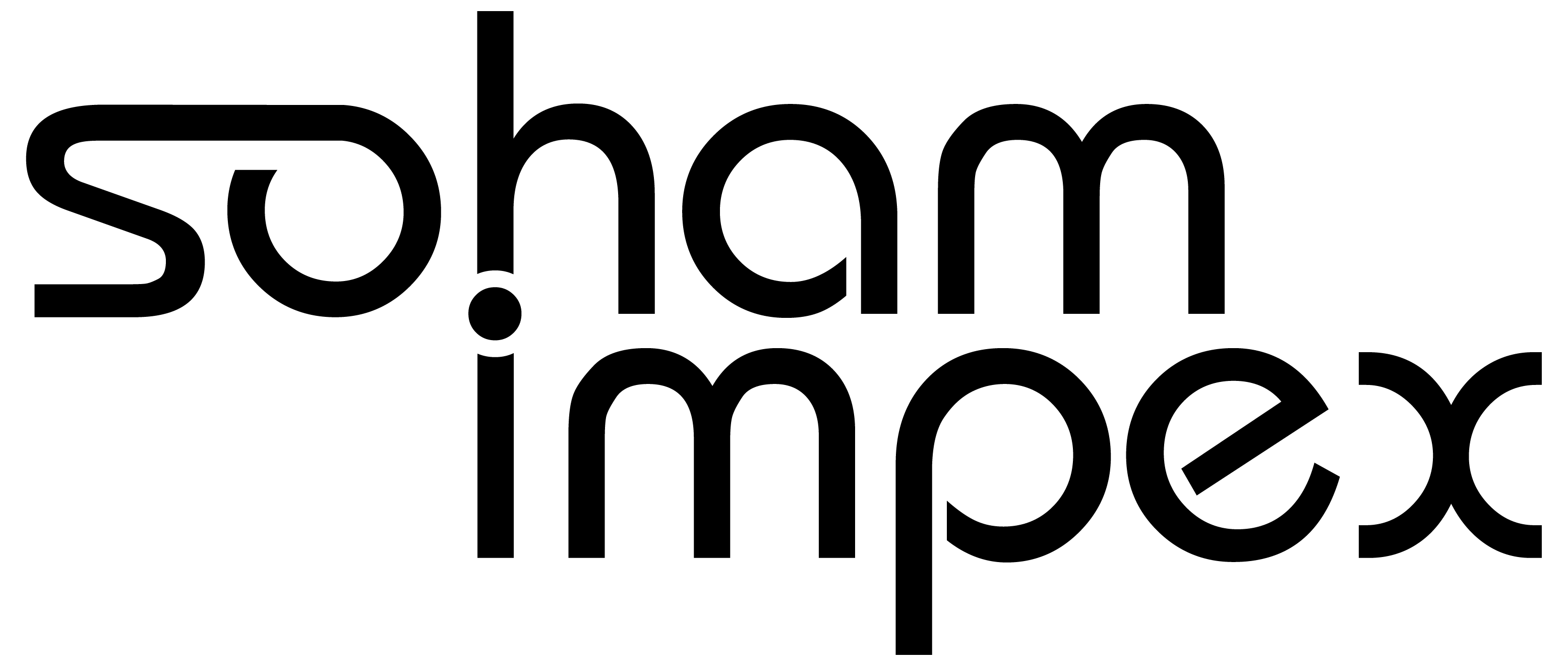
Active LED displays play a crucial role in creating dynamic, real-time visual experiences for news studios, sports events, control rooms, and large-scale media productions. These displays serve as backdrops, visual aids, or information boards and often integrate with live broadcasts and other media content.
Key Applications of Active LED Displays in Broadcast Industry
1. Studio Backdrops and Virtual Sets
LED Walls: Large LED panels are used as immersive backgrounds or video walls in newsrooms, talk shows, and virtual sets. These displays provide real-time content that interacts seamlessly with the broadcast, showing visuals, branding, or augmented reality elements.
Virtual Sets: With the rise of virtual production, LED displays are replacing traditional green screens to create realistic backdrops that change in real time, allowing better interaction between actors and digital environments.
2. Control Rooms and Command Centers
Real-time Monitoring: In control rooms, active LED displays are used to monitor multiple live feeds, broadcasts, and real-time information simultaneously. They allow broadcast engineers to manage various media streams and make adjustments on the go.
Data Visualization: Displaying real-time analytics, social media feeds, live poll results, or viewer interaction data helps in decision-making during live broadcasts.
3. Live Event Coverage
Sports Events: Active LED displays are used in sports stadiums and arenas to show live game footage, instant replays, real-time scores, and interactive advertisements.
Concerts and Award Shows: LED displays form dynamic, large-scale visuals as backdrops and side screens, showing live performances, crowd interactions, and real-time social media updates.
4. News Tickers and Breaking News Alerts
Scrolling Tickers: Many TV news broadcasts utilize scrolling LED tickers at the bottom or side of the screen to provide real-time updates, breaking news, stock market data, weather alerts, or election results.
Customizable Content: LED tickers can be programmed to automatically pull content from APIs or news sources, ensuring viewers get live updates as the broadcast progresses.
5. Augmented Reality (AR) and Interactive Graphics
Active LED displays in broadcasting often work in tandem with AR technology to blend real-world visuals with digital elements. Presenters can interact with data, charts, or maps displayed on the screen, making the broadcast more engaging.
For example, sports broadcasts use LED displays to showcase player statistics, augmented visualizations of the game, or even 3D replays.
Broadcasting LED Display Content Workflow
Content Preparation:
Pre-rendered Media: Pre-produced video clips, animations, or graphics are prepared in advance for the broadcast.
Real-time Content: Integration of real-time data feeds such as news updates, social media trends, or live scores, often pulled from external APIs or cloud sources.
LED Display Configuration:
Modular Setup: Active LED displays in broadcast studios are often modular, allowing flexibility in size and arrangement to suit different segments of the broadcast.
High Resolution: Broadcast-quality displays require very high pixel density to ensure crisp visuals on camera, especially for close-up shots.
Display Management Software:
Control Software: Solutions like Novastar, Barco, or Brompton are used to control content distribution across multiple LED panels and manage real-time transitions.
Dynamic Content Scheduling: Using software to schedule specific content for live events or during pre-recorded segments helps ensure seamless transitions between content.
Integration with Broadcast Systems:
Real-time Synchronization: The content displayed on LED screens is synchronized with the broadcast feed, allowing smooth transitions and accurate timing of visuals.
Multiple Camera Angles: LED displays are configured to look natural from various camera angles, often using specialized LED panels with low reflection and high brightness.
Trends and Innovations in Broadcast LED Displays
High Dynamic Range (HDR) and 4K/8K LED Displays: These are becoming standard in high-end studios, offering exceptional color accuracy, brightness, and contrast.
Flexible LED Panels: Curved or flexible LED panels allow for more creative display setups, offering immersive experiences during broadcasts.
Interactive LED Displays: In sports and live event coverage, LED displays are being combined with touch and gesture control technologies to create interactive elements on-screen.
Conclusion
Active LED displays are now an essential tool for creating engaging, dynamic, and visually appealing content in the broadcast industry. Whether used in studio environments, live events, or virtual sets, they enable real-time content integration and enhance the visual experience for viewers.
Products
Agency
Get In Touch
- Rajkot Gujarat India.
- +91 9974 601 712
- info@sohamimpex.co.in
Follow Us
Soham Impex has successfully built a presence in the Active LED Display for Advertising and Branding Purposes. We stand out with the help of our comprehensive LED design and build, catered to clients Pan-India.
Follow Us
Get In Touch
- +91 9824201712
- info@sohamimpex.co.in
- 150ft. Ring Road, Rajkot Gujarat India.


